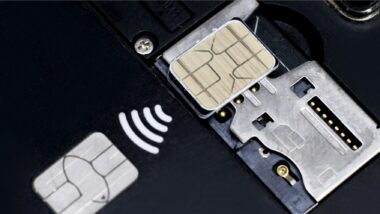There’s no denying the text message is a powerful tool of communication. The mobile phone has revolutionized the way we talk to each other, and the way people consume information. Cultural anthropologist Mizuko Ito noted in her 2005 publication Personal, Portable, Pedestrian that the real power of mobile lies in our ‘close and emotional ties’ to our mobile phones, and I’m inclined to agree. Mobile is extremely well suited to deliver brand messages because it’s the most personal comms platform in existence. No other device, bar perhaps the watch (one day) comes close. As the title of her book suggests, mobile is personal, portable and pedestrian (part of our daily movements), which has made it ubiquitous in 21st century life.
For the very reason that mobile is an integral part of daily life, mobile marketing is an important concept to execute effectively. Done well, mobile marketing is the comforting voice of a confidant. Done badly, it is simply annoying. A survey by French research firm Ifop, conducted for our full Whitepaper on the subject of Mobile Marketing, reveals that when it comes to receiving marketing messages via text message, a disturbing number of respondents (France 61%; UK 59%; Brazil 37%) complain that they receive messages from companies to whom they have not given their mobile numbers. Significantly, as the Whitepaper explores, respondents actually embrace messages from companies that have asked permission first.
Mobile telecoms analyst firm Portio Research has crowned ‘messaging’ the king of non-voice communications because of its five core qualities: It’s easy, quick, cheap, universally acceptable and discreet. Portio claims the humble text message can reach over 6.3 billion devices in the hands of about 5.7 billion people around the world – that’s over 80% of the world’s population. Confirmation of this comes from Coca-Cola, which has declared mobile marketing the number one priority in its comprehensive strategy to reach a global audience and increase customer engagement – Intent acknowledged the world over.
For marketers, the beauty of the text message is that most people today can’t possibly imagine a life without it. Mobile addiction is prevalent in developed markets, so much so that according to The Pew Research Center’s Internet & American Life Project, 31% of today’s mobile phone users would rather text than talk. As Tomi Ahonen of the Communities Dominate Brands blog notes, the fact that the average person looks at their mobile phone 150 times per day, means there is an opportunity to engage with consumers once every 6.5 minutes of every waking hour. To take this literally would be an oversight, of course.
The world’s appetite for messaging is healthy, and growing. Many customer surveys suggest that people actually want more mobile messaging in their lives. Couple this notion with the statistic that the open rate for text messages is a staggering 98%, compared to 22% for email marketing, and add the thrilling prospect of a text message being read within five seconds of receipt (as UK telecoms regulator Ofcom reports) and you begin to understand the potential at hand.
You can download our full report on Mobile Marketing here, to learn more.


